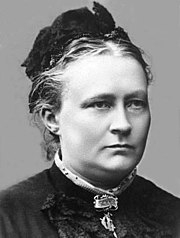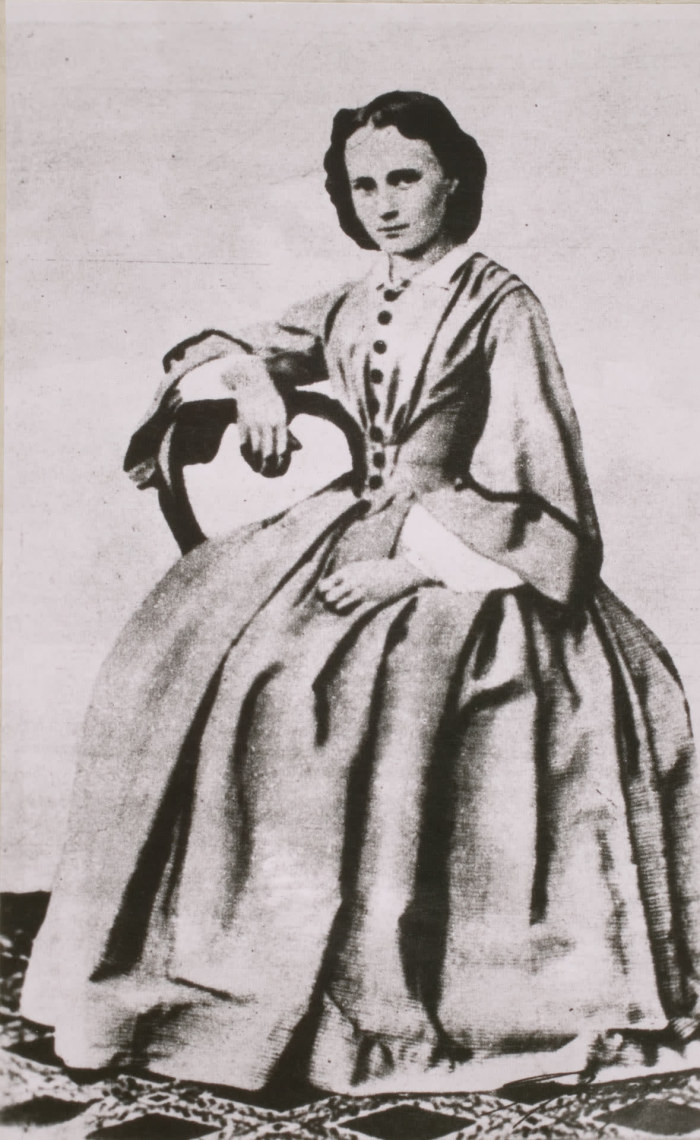On March 19th we celebrate the day of Minna Canth and the day of equality.

Minna Cath became the first woman to be celebrated with having a dedicated official day of hoisting the Finnish flag. Therefore, ever since 2007, you can see a Finnish flag waving at the top of each flagpole on March 19th. But who really was Minna Canth and why do we celebrate her?

Minna Canth (1844–1897) was an educated writer, businesswoman and activist. She (then known as Ulrika Wilhelmina Johnsson) was born on March 19th 1844 in Tampere, Finland and her parents wanted her to have a good education. She moved to Jyväskylä in 1863 to proceed with her studies to become a teacher. It was also here that she started to go by the name Minna Johnson. However, her studies were interrupted when she got married to Johan Ferdinand Canth. After staying home for some years as a housewife, she started writing in her husband’s newspaper about injustice in Finnish society. During this time she used pseudonyms, such as Wilja, Teppo and M.C. This also led to her becoming the first Finnish-speaking female journalist. Having visited some plays she also became interested in writing screenplays.
While Minna Cath was pregnant with her seventh child, her husband died and she became a single mother at the age of 35. To provide for her family, she moved to Kuopio and started working for her father and on the side, she writes plays. In her writings, Minna Canth often reflected on real issues and strived to better the situation of women and people living in poverty. In 1885 she released her play “Työmiehen vaimo” [The Wife of a Worker], which became the first realism play in Finnish. She later published many more plays, eight extended short stories and a two-part novel collection. She wrote from her home, which not only became her workspace but also a community space, called “salonki” [the salon]. Here various writers and artists at the time such as Akseli Gallen-Kallela, Järnefelt and Sibelius spent time. It was also here where “Kuopion naisintelligenssi” [the women intelligence of Kuopoio] was formed, which was a collective that discussed relevant social issues and made statements regarding injustices. This space Minna Canth created in her own living room was considered a liberal and free environment and she also supported freedom of religion. Minna Canth upheld the salon until her death in 1897 when she passed at the age of 53 due to a heart attack.

Minna Canth is considered one of the most important Finnish screenplay writers and prosaist along with Aleksis Kivi. She has also paid the way for numerous women to enter male-dominated spaces. She was privileged in society with her education and status, and it is said that she was aware of her status and used it to uplift others. It is also said that Minna Canth was the frontperson of realism in Finland, where she depicted the life of women as it truly was. This was something she was thoroughly criticized for, but she did not care. She spent time with the women she wrote about and knew that their experiences, lives and stories were real. Her life is said to have had a tremendous impact on the Finnish society and equality.

Sources:
Minna Canthin päivä, tasa-arvon päivä 19.3. | Ihminen ja yhteiskunta | Oppiminen | yle.fi
Finland celebrates equality on Minna Canth Day | News | Yle Uutiset
MINNA CANTHIN SALONKI – Kuopionkorttelimuseo.fi

